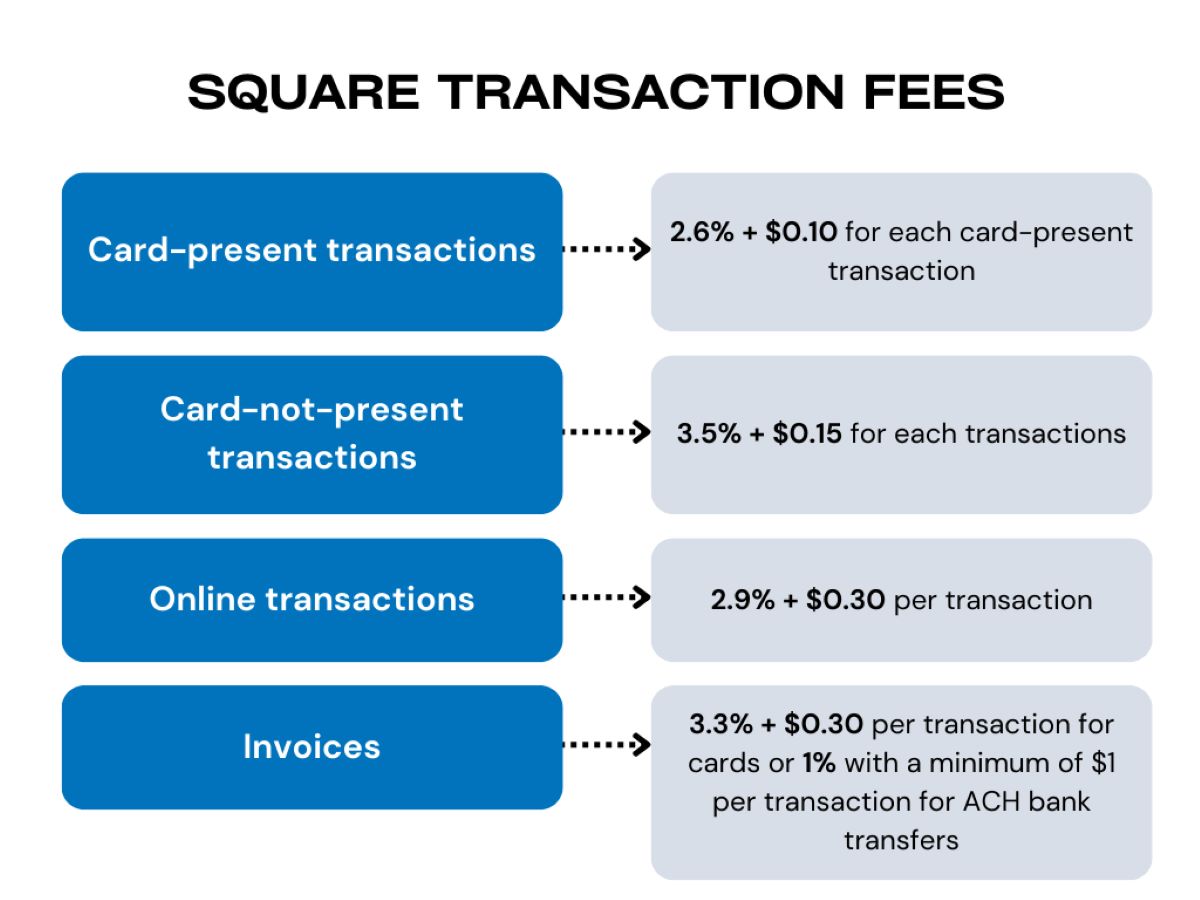Home>Finance>Registered Retirement Savings Plan Contribution (RRSP Contribution) Definition


Finance
Registered Retirement Savings Plan Contribution (RRSP Contribution) Definition
Published: January 17, 2024
Learn about the definition and benefits of Registered Retirement Savings Plan contribution (RRSP contribution) in finance. Discover how it can help you save for retirement and maximize tax advantages.
(Many of the links in this article redirect to a specific reviewed product. Your purchase of these products through affiliate links helps to generate commission for LiveWell, at no extra cost. Learn more)
Understanding RRSP Contribution: A Comprehensive Guide
Welcome to our category on finance, where we delve into various aspects of managing your money and securing your future. In this blog post, we will be discussing Registered Retirement Savings Plan (RRSP) contribution – what it means, how it works, and why it is an essential tool for retirement planning.
Key Takeaways:
- RRSP contributions offer tax advantages and help individuals save for retirement.
- Contributions made to an RRSP are tax-deductible, providing immediate tax benefits.
So, what exactly is an RRSP contribution? In simple terms, it refers to the money you invest in your RRSP account each year to save for your retirement. The purpose of an RRSP is to provide individuals with a way to accumulate funds for their post-work years, ensuring a comfortable lifestyle even after they stop working.
One of the significant advantages of making an RRSP contribution is the tax benefits it offers. When you contribute to your RRSP, you are essentially reducing your taxable income for that year. This means that the amount you contribute can be deducted from your overall income, resulting in lower taxes. It’s like giving yourself a tax break while simultaneously building your retirement nest egg.
Here are a few key aspects to consider about RRSP contributions:
- Contribution Limits: To ensure the integrity of the RRSP system, the Canadian government has established a maximum annual contribution limit. It is based on a percentage of your previous year’s income, up to a specific dollar amount. It is essential to determine your contribution limit to make the most of the tax advantages available.
- Carry Forward Unused Contribution Room: If you can’t maximize your RRSP contribution in a given year, fear not! The unused contribution room automatically carries forward to future years. This means you can catch up on your RRSP contributions later and take advantage of the tax savings.
- Investment Options: RRSP accounts offer a wide range of investment options. You can choose from various asset classes such as stocks, bonds, mutual funds, and more. It’s crucial to assess your risk tolerance and financial goals to determine the best investment strategy for your RRSP.
- Withdrawal Rules: While RRSP contributions provide tax benefits, it’s important to note that there are withdrawal rules and tax implications. Typically, withdrawals made from an RRSP are subject to taxation. However, there are specific circumstances in which you can withdraw from your RRSP without penalty, such as using the funds for a Homebuyer’s Plan (HBP) or Lifelong Learning Plan (LLP).
By taking advantage of RRSP contributions, you can reduce your tax burden while simultaneously building a solid financial foundation for your retirement. It’s a win-win situation that allows you to shape your future financial well-being. Remember, the earlier you start contributing to your RRSP, the more time your investments will have to grow and compound.
In conclusion, understanding RRSP contribution is vital for anyone looking to secure their retirement. By making regular contributions, you can enjoy immediate tax benefits while building a sizable retirement fund. So, why wait? Start planning for your future today by maximizing your RRSP contributions!














